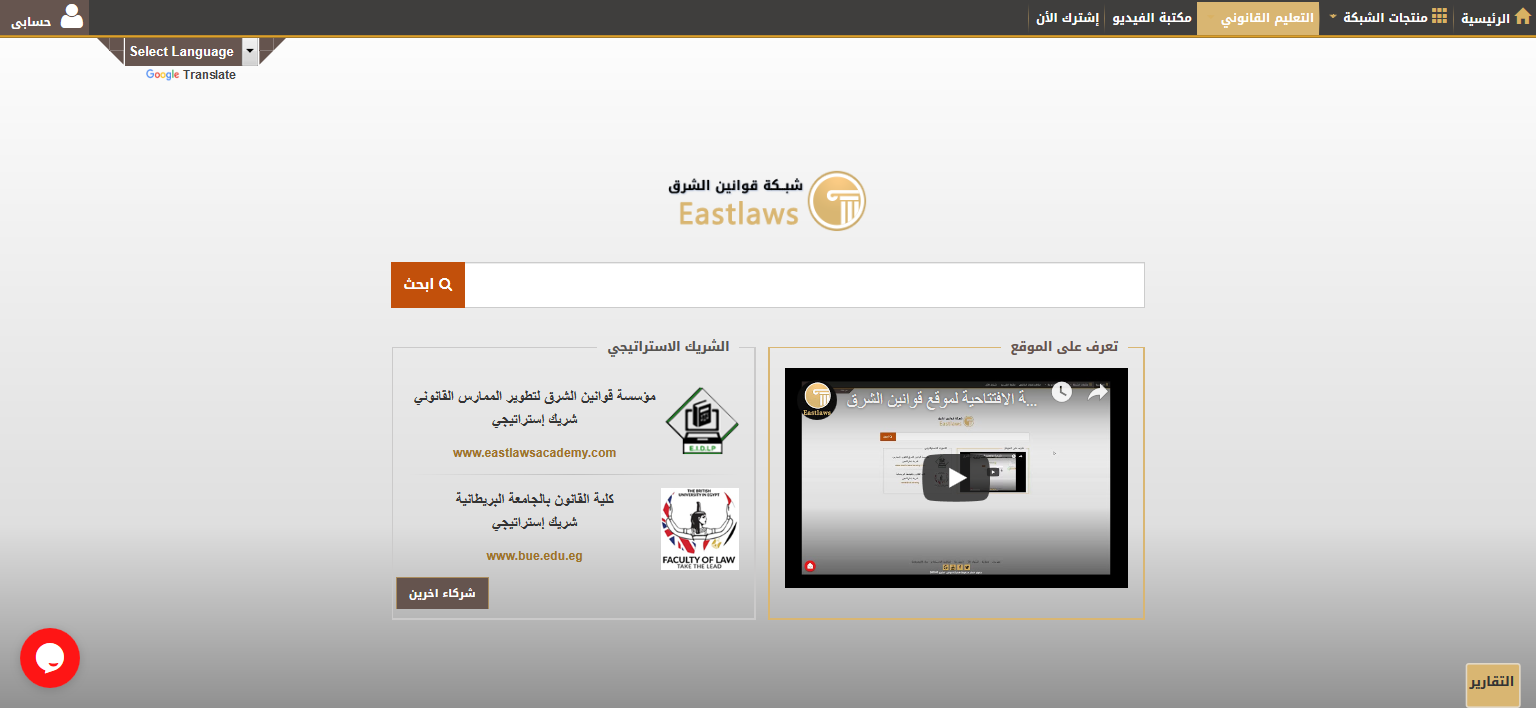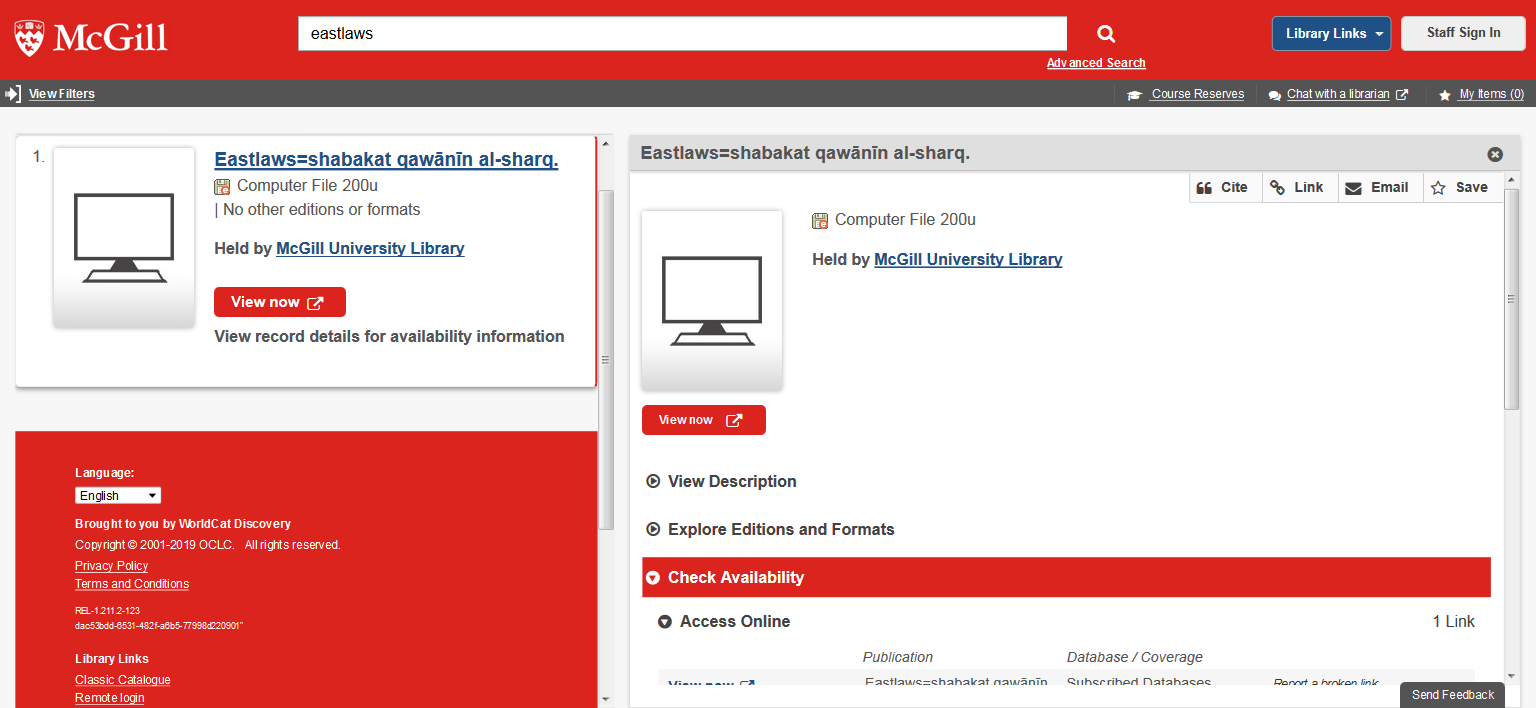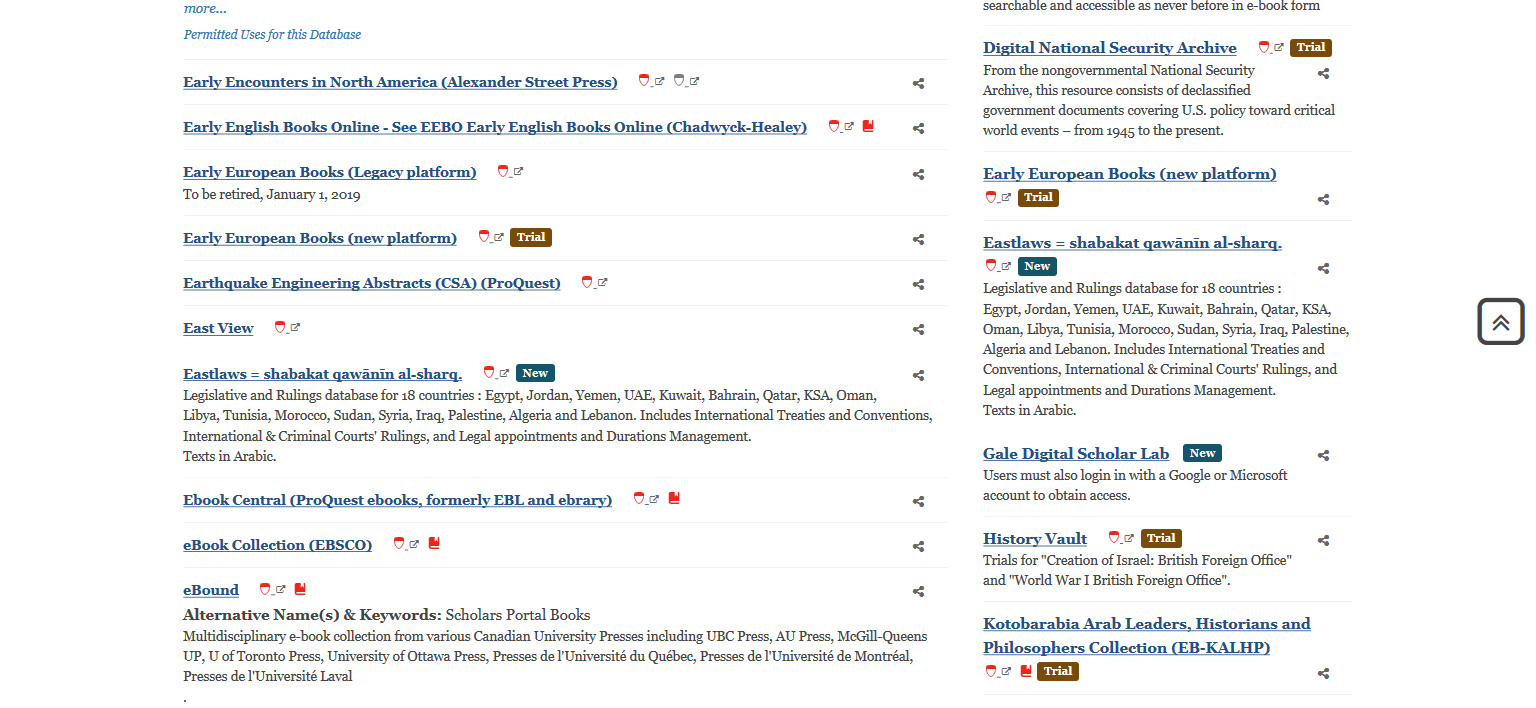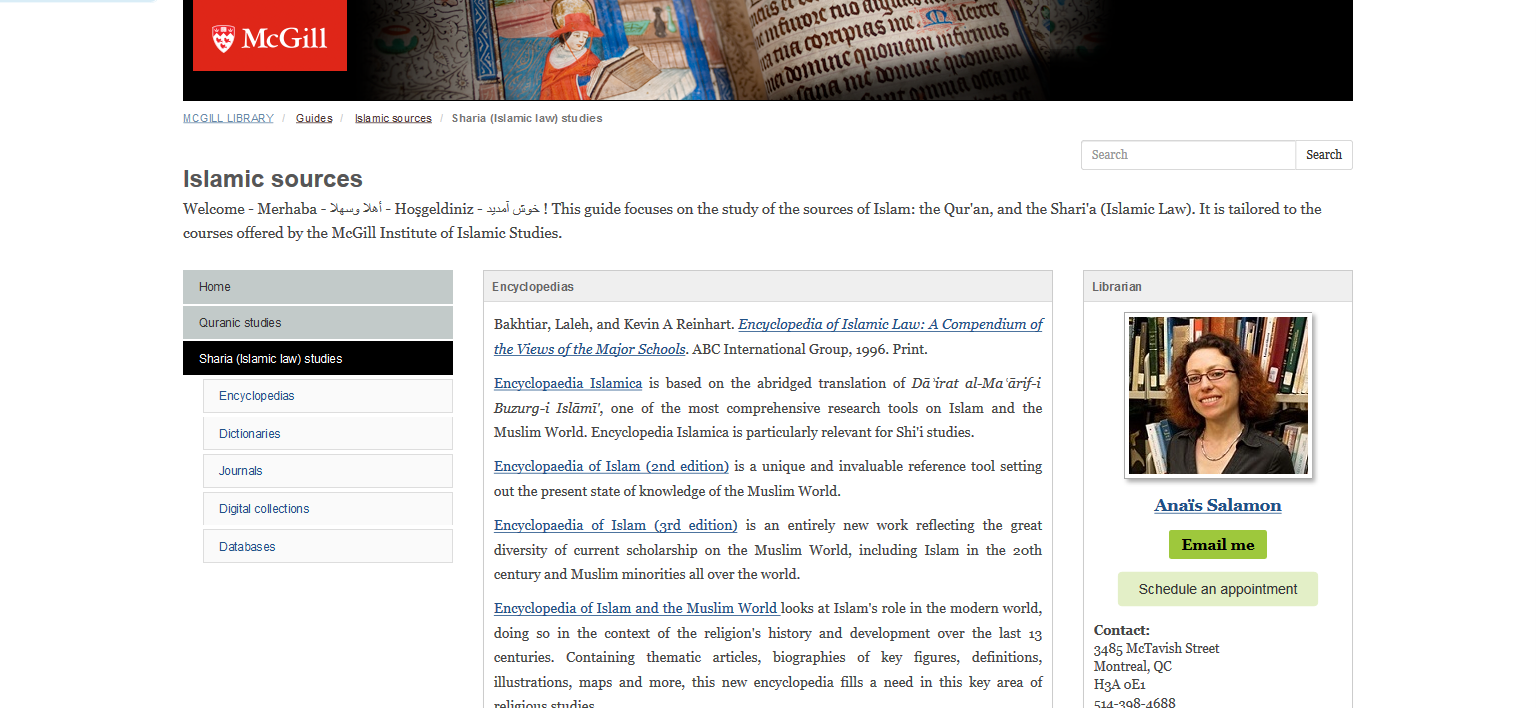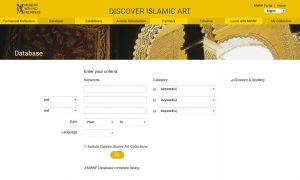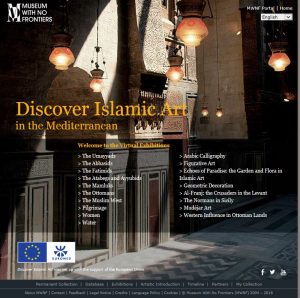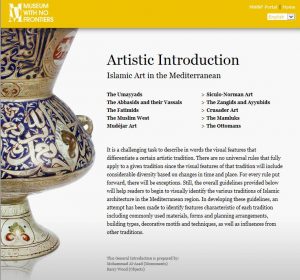Founded in 1995 in Alexandria, Egypt, Eastlaws network specializes in the production of Arab legal programs as well as on the automation of prosecutions, courts, law firms, and legal departments. As such, the network collects, indexes, and makes available legal documents originating from professional associations, administrative units at all levels of Arab judiciary Institutions, Faculties of Law and legal Research Institutes, legal Departments of private Companies, and international Organizations. Eastlaws database includes a wide variety of legal sources such as court rulings, legislations, fatwas, Islamic judicature, etc.
The Islamic Studies Library and the Nahum Gelber Law Library recently subscribed to a number of modules from Eastlaws providing the McGill community with access to original legal sources from the Arab World. The list of modules available to us is as follow:
- Legislative Database for 18 countries (Egypt, Jordan, Yemen, UAE, Kuwait, Bahrain, Qatar, KSA, Oman, Libya, Tunisia, Morocco, Sudan, Syria, Iraq, Palestine, Algeria and Lebanon)
- Rulings Database for 18 countries (Egypt, Jordan, Yemen, UAE, Kuwait, Bahrain, Qatar, KSA, Oman, Libya, Tunisia, Morocco, Sudan, Syria, Iraq, Palestine, Algeria and Lebanon)
- International Commercial Arbitration
- International and Arab Treaties and Conventions
- Administration fo Fatwa
- Islamic Judicature
- Legal Terminology
- Legal Dictionary.
It is important to note that all documents in Eastlaws are in Arabic. A very basic translation into English and French can be generated by Google Translate, embedded within the database. The interface of the database itself is also in Arabic, and partially available in English (some menus and options are not translated).
To access Eastlaws database, there are a number of options:
- The McGill library catalogue
- The Database A-Z list from the Library main page
- The Islamic sources subject guide


